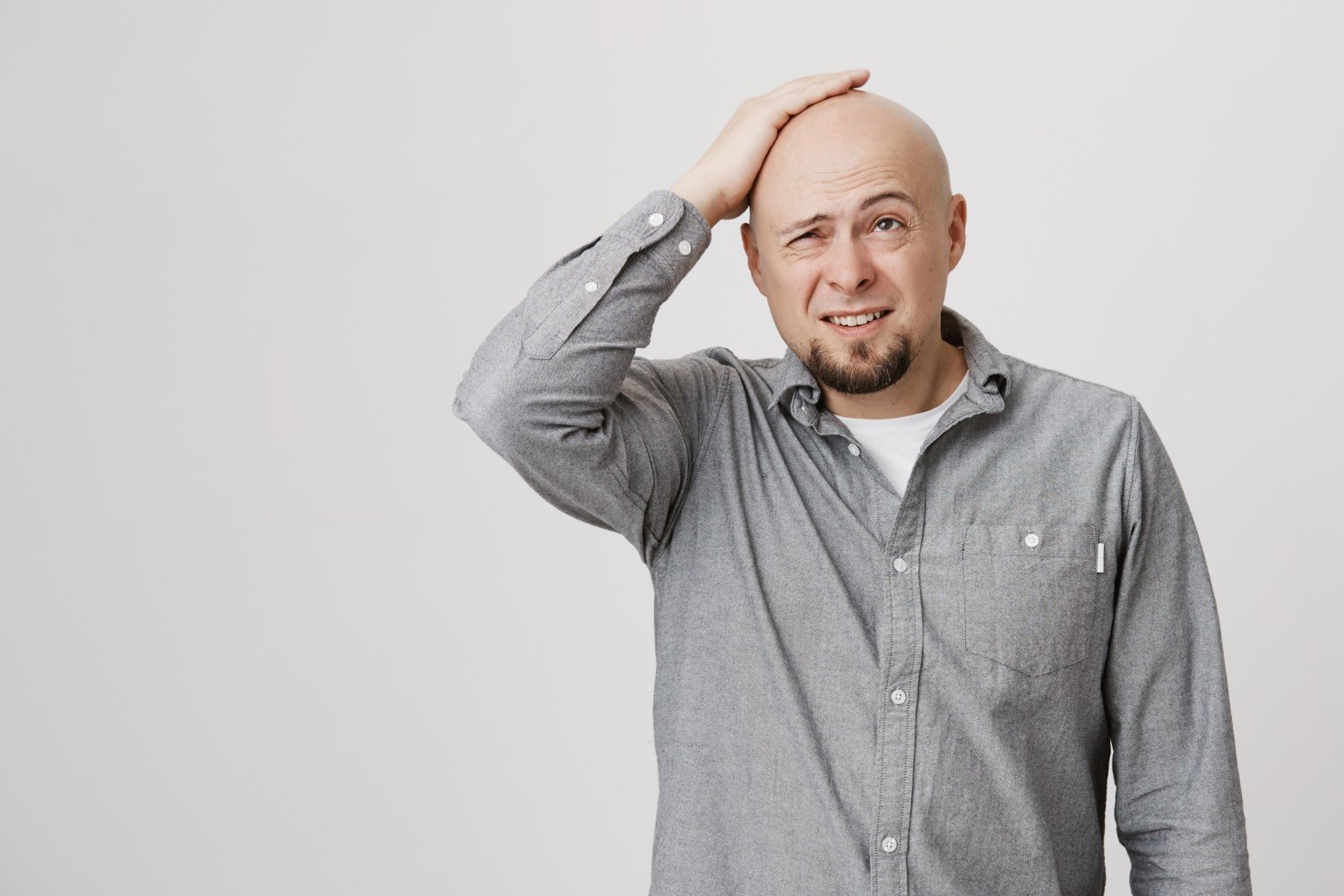Could Injections Offer a Solution for Thinning Hair?
For men experiencing hair loss, a variety of treatments exist, ranging from topical solutions to oral medications and surgical procedures. Now, a new and perhaps unexpected option is gaining attention: Botox injections in the scalp. While commonly known for its cosmetic use in smoothing wrinkles, Botox is being explored for its potential to stimulate hair growth and combat male pattern baldness.
The Science Behind Botox and Hair Growth
The theory behind using Botox for hair loss centers on its ability to relax the muscles in the scalp. It’s believed that tension in these muscles can restrict blood flow to the hair follicles, potentially contributing to hair thinning. By injecting small amounts of botulinum toxin into the scalp, the muscles relax, which may improve blood circulation, allowing more oxygen and nutrients to reach the hair follicles and promote growth. Some researchers also suggest that Botox might help reduce levels of dihydrotestosterone (DHT), a hormone linked to hair follicle miniaturization in male pattern baldness.
Promising Results in Early Studies
Several studies have investigated the effectiveness of Botox injections for hair loss in men. A pilot study involving ten male patients with androgenetic alopecia showed that 80% of participants had a good to excellent response in hair growth after 24 weeks of Botox treatment. Another review of studies indicated that multiple Botox injection sessions, using varying dosages and frequencies, have been explored with promising results in treating male pattern baldness. These early findings suggest that Botox could be a viable treatment option for some men experiencing hair thinning.
What to Expect from the Treatment
The procedure typically involves multiple small injections of Botox into the scalp in areas affected by hair loss. The treatment sessions usually last between 30 to 60 minutes, and most individuals can resume their normal activities immediately afterward. While some tenderness, swelling, or redness at the injection sites might occur, these side effects are generally mild and tend to resolve within a few days. The frequency of treatments can vary, with some practitioners suggesting sessions every 4 to 6 months to maintain results.
Important Considerations and Alternatives
Despite the promising initial results, it’s important to note that Botox for hair loss is not yet a widely offered or licensed treatment for all types of alopecia. Some studies have also shown less conclusive results. One small, placebo-controlled trial found no significant difference in hair density between scalp areas treated with Botox and those treated with a placebo. Therefore, more extensive research is needed to fully understand the long-term efficacy and optimal protocols for Botox hair loss treatment.
Currently, established and FDA-approved treatments for male pattern baldness include medications like finasteride and minoxidil. Other options like platelet-rich plasma (PRP) therapy are also being used in hair restoration. Men considering Botox for hair loss should consult with a qualified medical professional to determine if it’s a suitable option for their specific condition and to discuss potential benefits and risks.
The Future of Botox in Hair Restoration
While still in its early stages, the use of Botox as a hair loss treatment for men presents an intriguing possibility. As research continues to evolve, it could potentially become another valuable tool in the fight against male pattern baldness, offering a non-surgical approach to achieving a fuller head of hair and boosting confidence.





